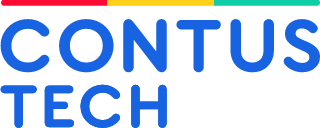Bridge the Gap Between Smartphones and Vehicles
Experience seamless integration of smartphones with the vehicle. Get real-time traffic updates, enjoy on-the-go entertainment, and control your car remotely for a connected, secure, and convenient drive.

















